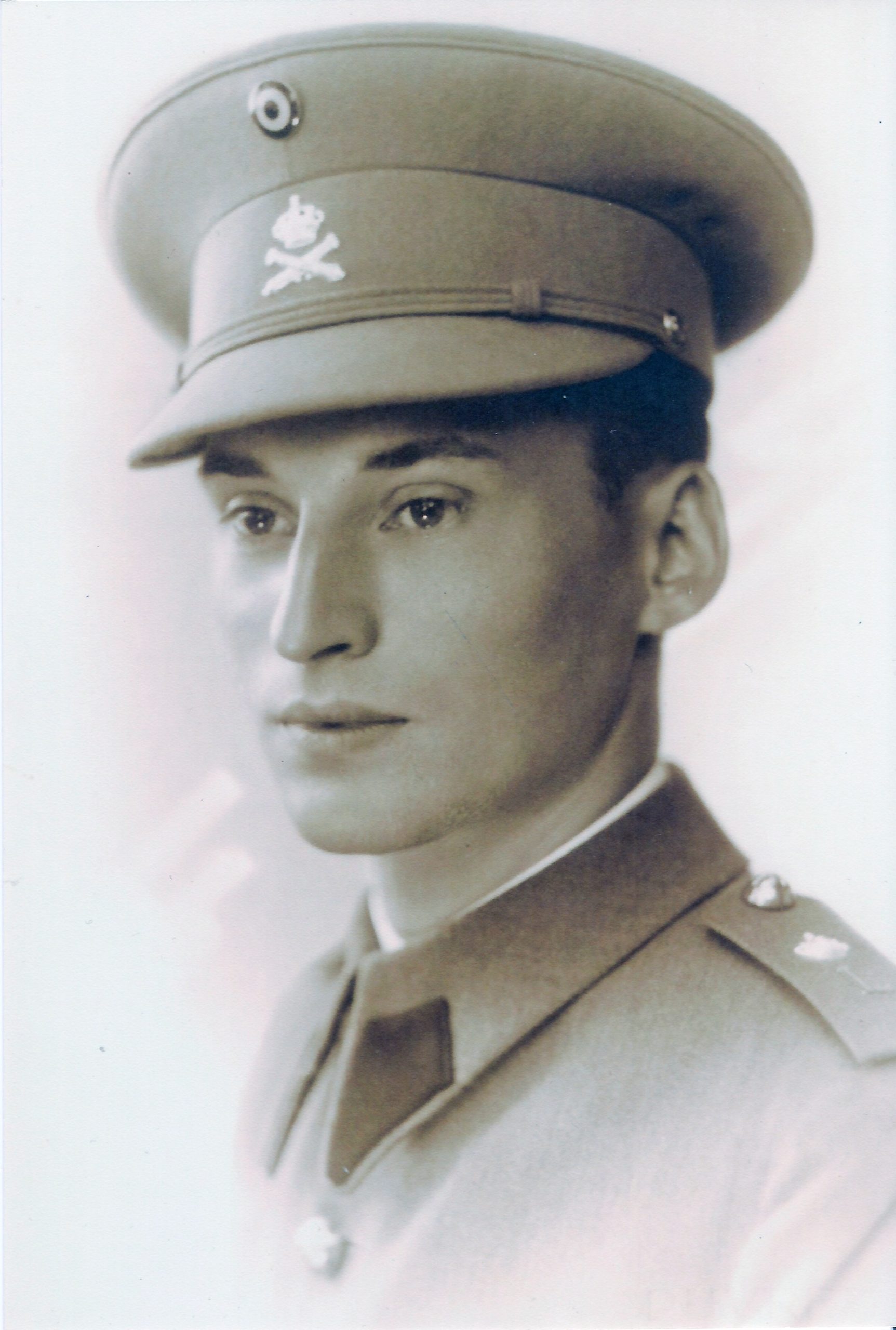
After the capture of Fort Loncin, the battle for Fort Aubin-Neufchâteau in May 1940 was the most brutal artillery battle on the Western Front. It was a long and challenging battle that remains one of the most significant for both sides. For eleven days, the garrison resisted. The resistance of Fort Aubin-Neufchâteau was such that, when it finally surrendered, the Germans greeted the soldiers with a guard of honor.
Today, it is still possible to visit the fort: its winding galleries, its strategic points, as well, as its museum. Moreover, the curator has collected many first-hand accounts through his research work. Between 2012 and 2014, nine veterans of the fort were found, including two present during the 1940 attacks. Thus, all the discussions with these former soldiers were carefully recorded and preserved as direct testimonies of life at Fort Aubin-Neufchâteau. This is a unique operation of memory preservation. Among the veterans discovered is Albert Flagothier, aged 101 in 2014. Adjutant at the Bureau in 1938, he was responsible for drawing up plans of the “seen and hidden” spots all around the fort. He recorded the coordinates in order to prepare the firing tables for the guns that lacked visibility. This work allowed the firing officers to react more quickly to the German assaults. It is known that approximately 3,500 firing tables were set up before the war. Until his death in 2016 at the age of 103, he shared all his memories related to the fort before and during the war.
Do you have information about events experienced by your family during the world wars? By sharing your story, you will enrich our “Drawing inspiration from heroes” section.